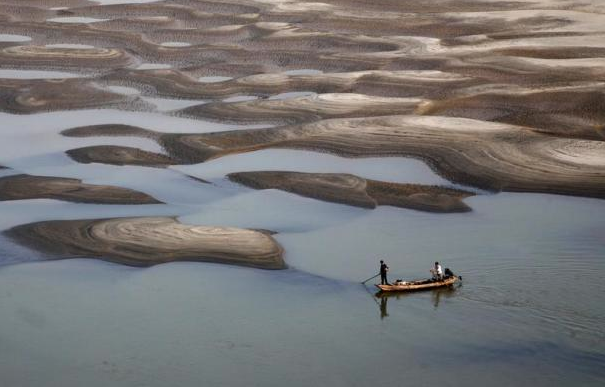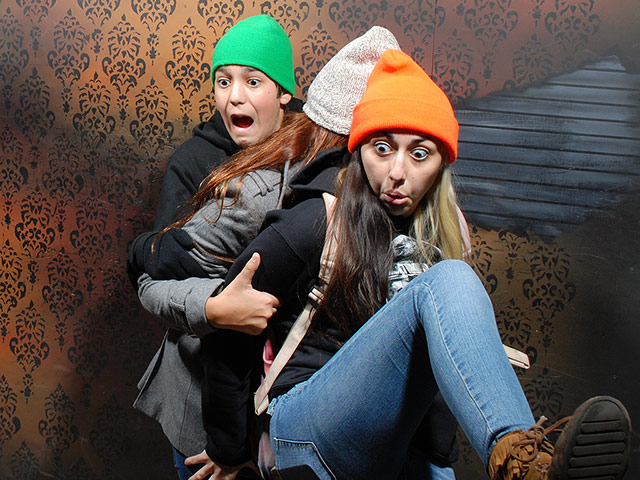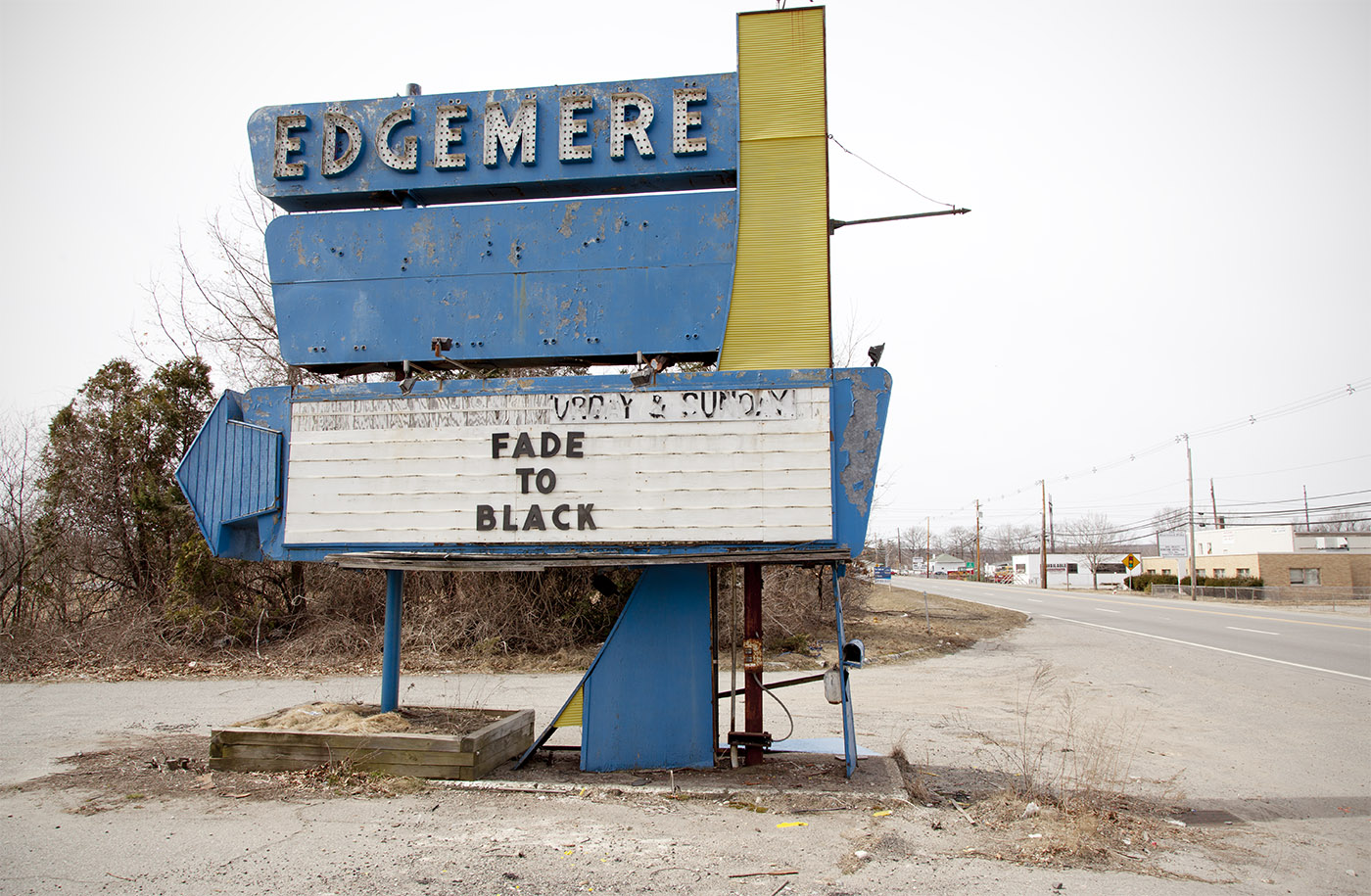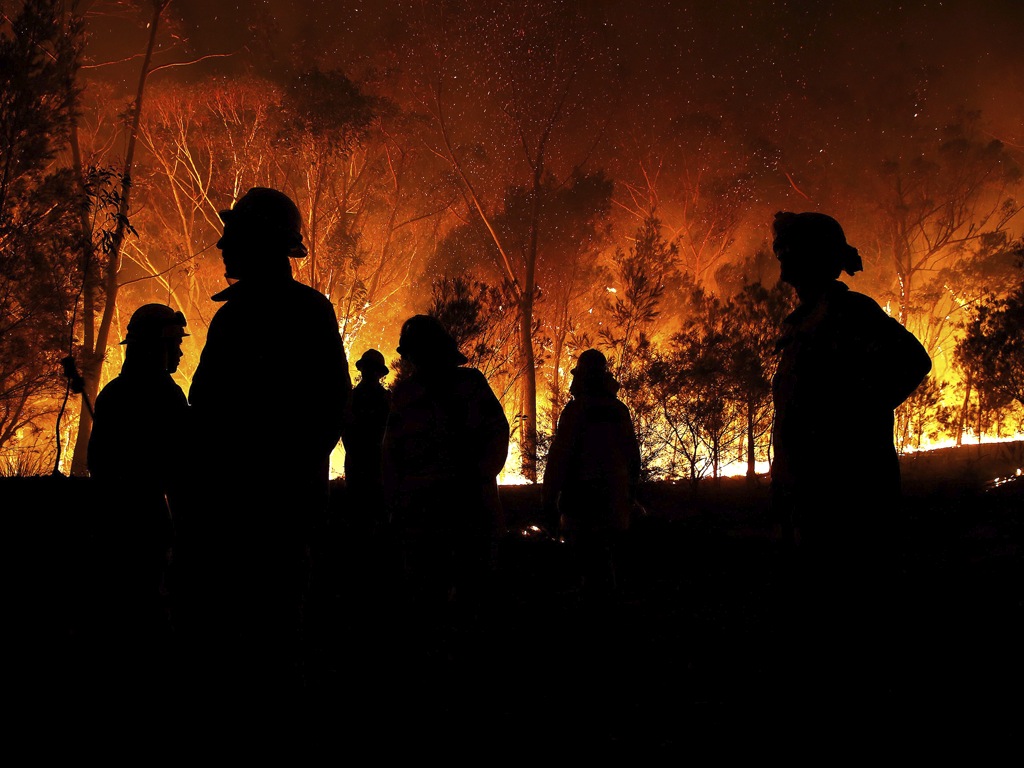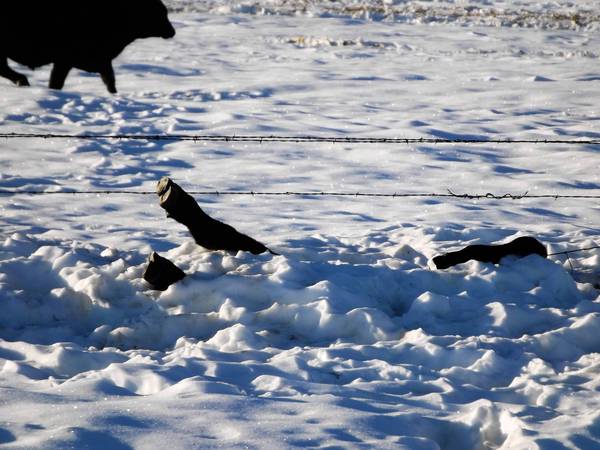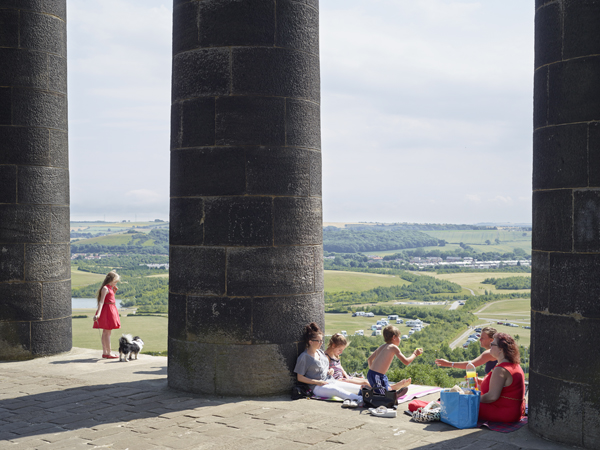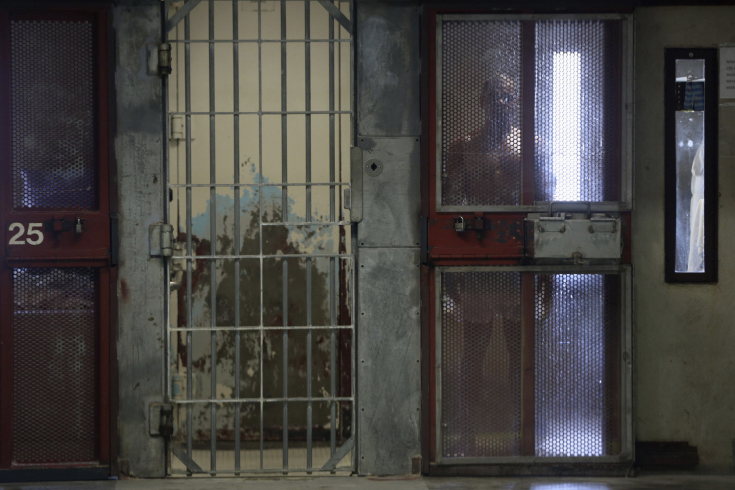Perhaps not every drought is beautiful, but this one is.
The dried riverbed of the Yangtze looks like gracefully aged wood. The undulating landforms perfectly match the sinuous water. The great river must be powerful, yet here it suggests a quiet serenity, as if the basins were holding a gently receding snowfall. Water and earth lie woven together; as they extend to the horizon, one can easily sense how the scene is the result of vast natural forces seamlessly, namelessly unified. In the words of Wallace Stevens, “the swarthy water/That flows round the earth and through the skies,/Twisting among the universal spaces, //Is not Swatara. It is being.”
Against such a backdrop, the human figures in the foreground appear small, tentative, and very temporary. The motor is out of the water, already becoming useless as the waters disappear in yet another year of drought on a steadily warming planet. This species may poke around for awhile longer, but once they’ve burnt enough of their ecosystem that will be that. And the forces that made the river will flow on without a ripple registering our moment of disruption.
So how on earth can we say that the drought is beautiful? Nor can you evade the issue by saying, oh, it’s just the photograph that is beautiful, not the drought itself. Yes, there is artistry involved in making the photo, but the aesthetic reaction is to the material forms themselves. Few would be dead to this tableau if standing there, but then light up with delight when looking through the viewfinder. Indeed, no one would think to take the photograph at all, if not already marveling at the scene itself. It’s not the art or culture alone, but a human capability for seeing the world, a capability that then leads to arts and other products of the human imagination. So this drought can be beautiful, as are firestorms, floods, and melting glaciers.
And that’s a problem, right? When the waters dry up, people suffer, and as heat waves spread people are suffering around the globe. To then take a picture and admire the view would seem to be obscene. Aesthetics and morality must be two very different modalities, and if the former can interfere with the latter, shouldn’t we be wary of that risk?
And we’ve even been here before. Recognition that these two powerful dimensions of human being are in fact not seamlessly coordinated was one of the traumatic experiences of the twentieth century. Nazis listened to classical music while overseeing genocide, and so Adorno drew the terrible conclusion that “To write poetry after Auschwitz is barbaric.” (Go here for a good brief explication of the quote.) If art could be used so easily alongside of evil, and worse yet to aid its operation, surely the only ethical option was a severe renunciation of aesthetic pleasure.
With the passage of time, it has become easier to reconsider the problem. Perhaps the separation was artificial, a crucial construction for a particular phase of modernity, but one that is becoming increasingly untenable. The two modalities are still not coordinated explicitly–as if, for example, bad would be ugly and good delightful–but there may be an ecology to human consciousness that we are just beginning to understand.
Instead of being wary of our aesthetic responses, perhaps they could contain hidden resources for solving the very problems they seem to deny. Perhaps aesthetic and moral responses can work together like water and riverbed.
To see that, we would have to shake off the old suspicions that come from the prior distribution of our aesthetic and moral senses. Unfortunately, those suspicions are still the dominant habits in most of the humanities and qualitative social sciences. Not everyone, of course, and that list includes scholars working in political theory and in visual culture: for example, Jacques Ranciere, Frank Ankersmit, Roland Bleiker, Davide Panagia, Crispin Sartwell, Mark Reinhardt, Holly Edwards, David Levi Strauss, Ariella Azoulay, and others (including moi).
Wallace Stevens knew as much. In the same poem he says, “And these images/these reverberations,/And others, make certain how being/Includes death and the imagination.” Disaster and imagination here are continuous, both part of that great stream, and perhaps each able to say something about the other.
So, perhaps the time has come to admit to how beauty is part of both the best and the worst that can happen, and perhaps particularly so when facing environmental catastrophe. The effort involves nothing less that trying to bring all human capacities to bear on the most pressing problems of our time. That can’t be such a bad thing.
It’s just a pity that it took so long, as time may be running out.
Photograph by a stringer for Reuters. The poem by Wallace Stevens is “Metaphor as Degeneration,” and can be found in Wallace Stevens, The Palm at the End of the Mind, edited by Holly Stevens. You can read an earlier post on the topic here.
